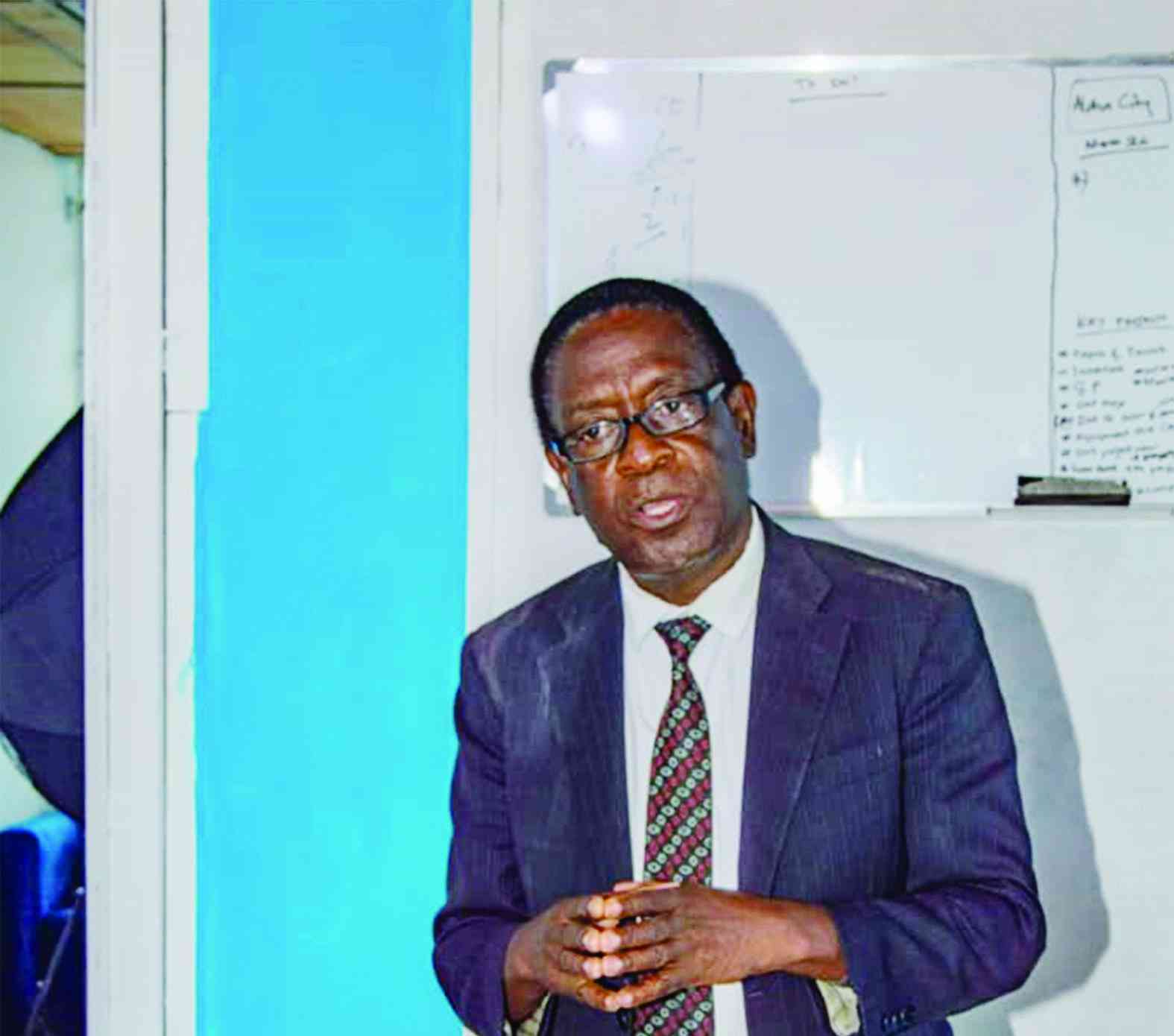
THE cashback facility in retail stores has experienced a huge decline on the back of cash transactions decreasing to only 20% due to a surge in plastic money use.
BY TATIRA ZWINOIRA
Cash back allows customers to withdraw their money from till operators depending on how much they would have spent at the retailer.
In a recent snap survey at Food World, TM Pick n Pay, Spar and OK, a decline in the amount was witnessed due to the unavailability of cash in the tills.
Confederation of Zimbabwe Retailers president, Denford Mutashu told NewsDay yesterday that the cashback facility was now dependent on what was in the tills.
“What a shop gives out as the cashback facility is dependent on what has come through cash transactions. And the fact that customers are now more and more transacting via point-of-sale (POS) machines diminishes cash availability,” he said.
“The demand for cash is related to pay days for government employees. The usage of plastic money has significantly gone up. This is quite encouraging. On average, more than 80% of a shop’s transactions are attributable to POS machines.”
Food World was only giving out cashback based on 1:1 ratio, meaning, a customer could only get the equivalent of what they would have spent.
- Chamisa under fire over US$120K donation
- Mavhunga puts DeMbare into Chibuku quarterfinals
- Pension funds bet on Cabora Bassa oilfields
- Councils defy govt fire tender directive
Keep Reading
Other stores such as TM Pick N Pay and Bon Marche were giving out a maximum of $50, with only Spar still giving out cash on a multiplier effect.
The increase in the usage of plastic money is also due to efforts by banks to promote electronic payments.
The central bank is currently making efforts, together with Zimswitch, financial institutions and mobile banking providers to ensure a stable infrastructure is in place to support the electronic payment system.
Zimbabwe’s total number of POS machines increased to 20 000 at the end of March this year from 17 069.
Mutashu said apart from plastic money “mobile transactions have gone up and Real Time Gross Settlement system has also been quite efficient lately”.
In terms of POS density, the central bank reported about three machines per 10 000 people, which was below the world average of 13 machines per 10 000 people.
The bulk of the POS devices are concentrated in urban areas.
According to the central bank, the uptake of these electronic payment systems increased to $5,5 billion in July 2016 from $4,1 billion in January earlier on this year.











